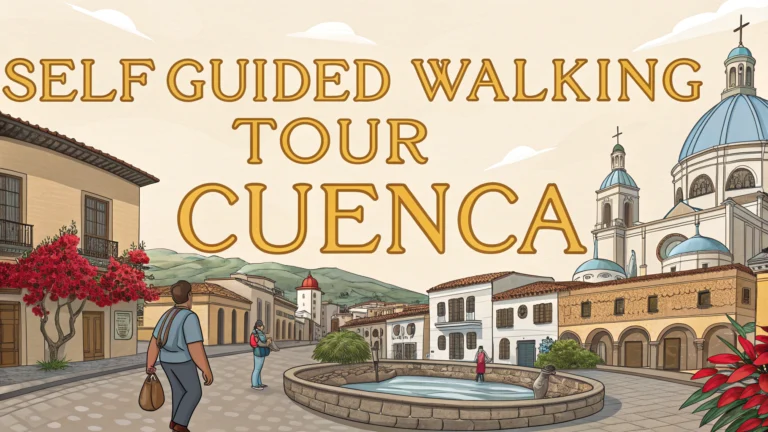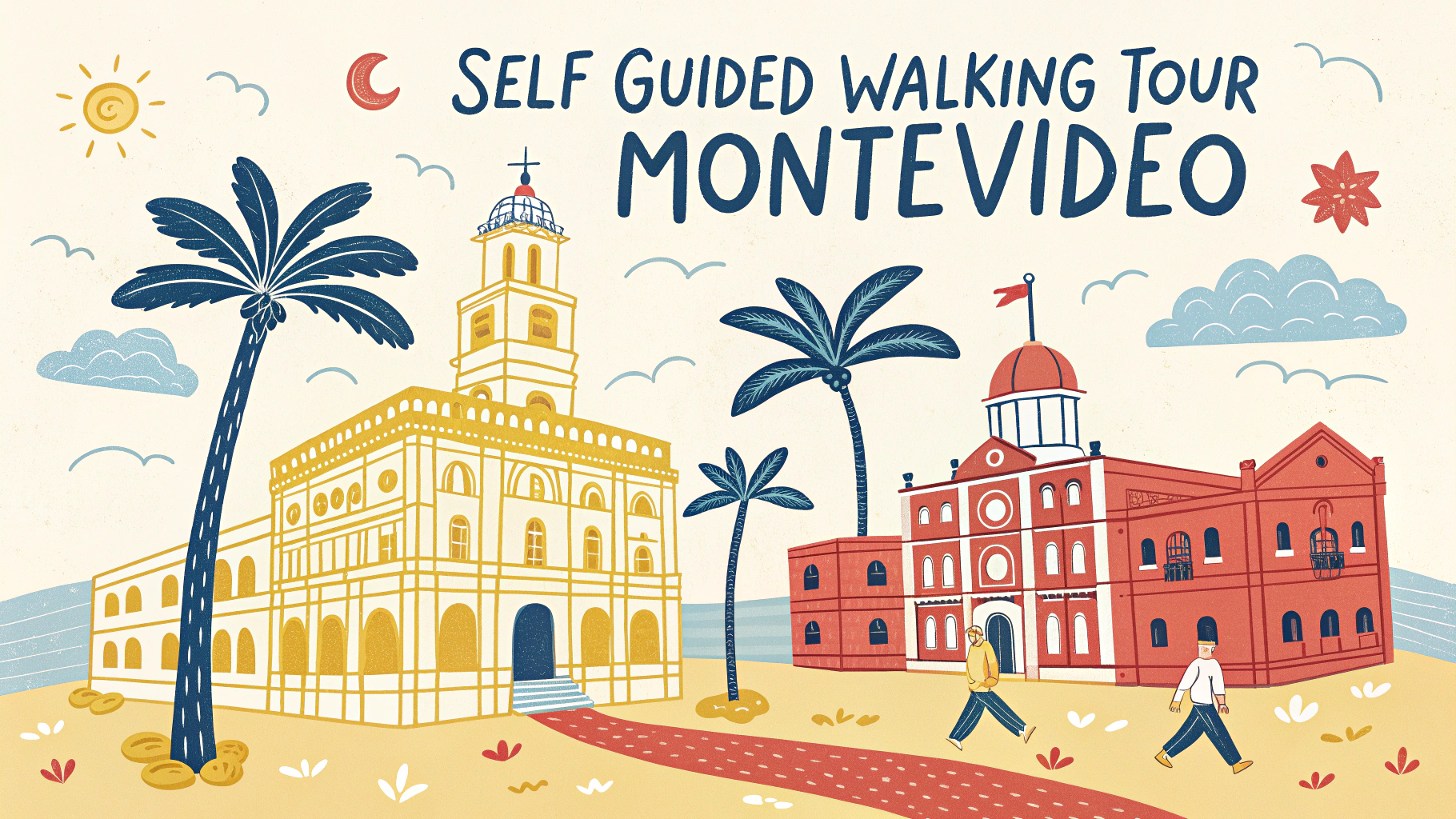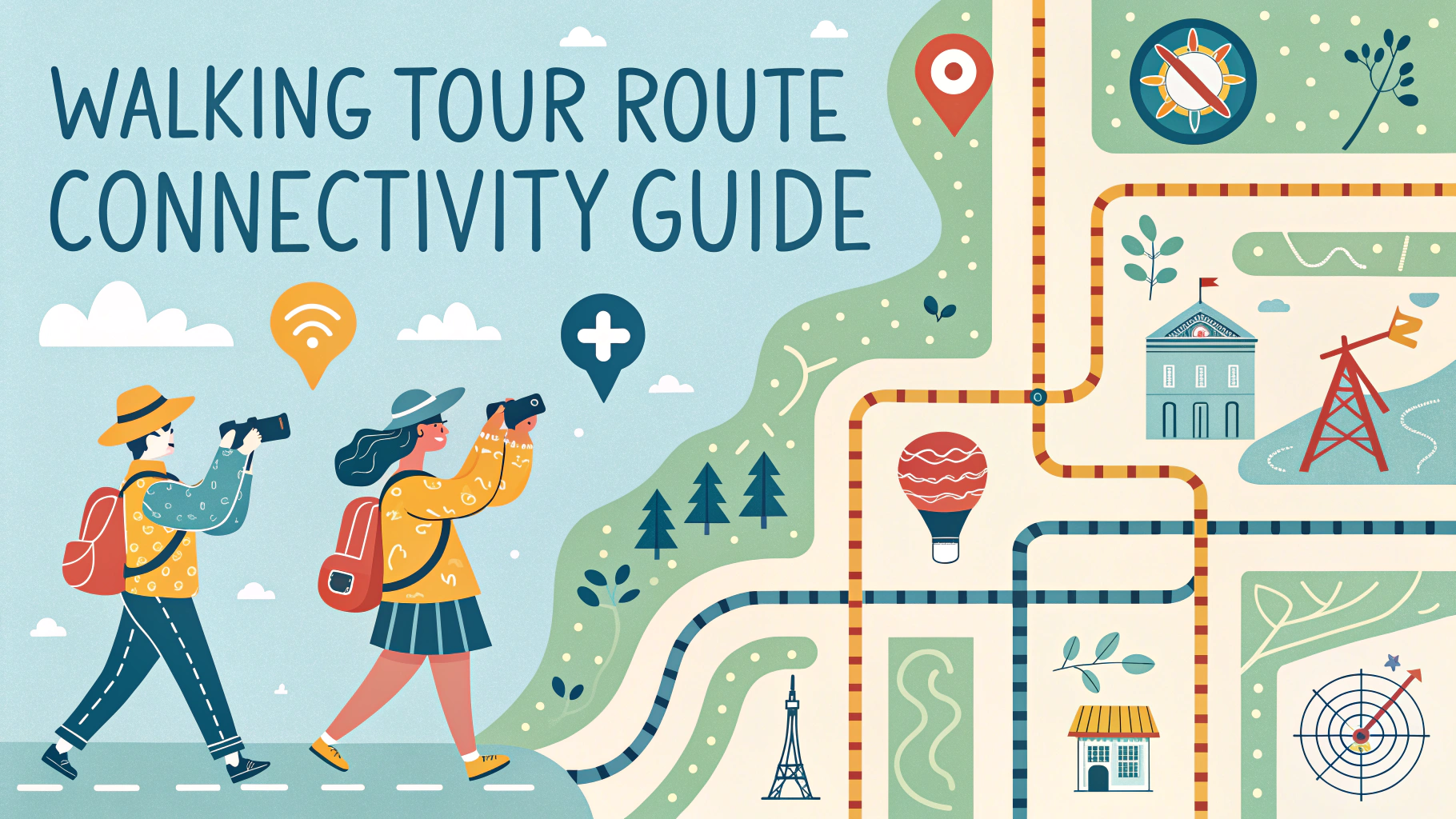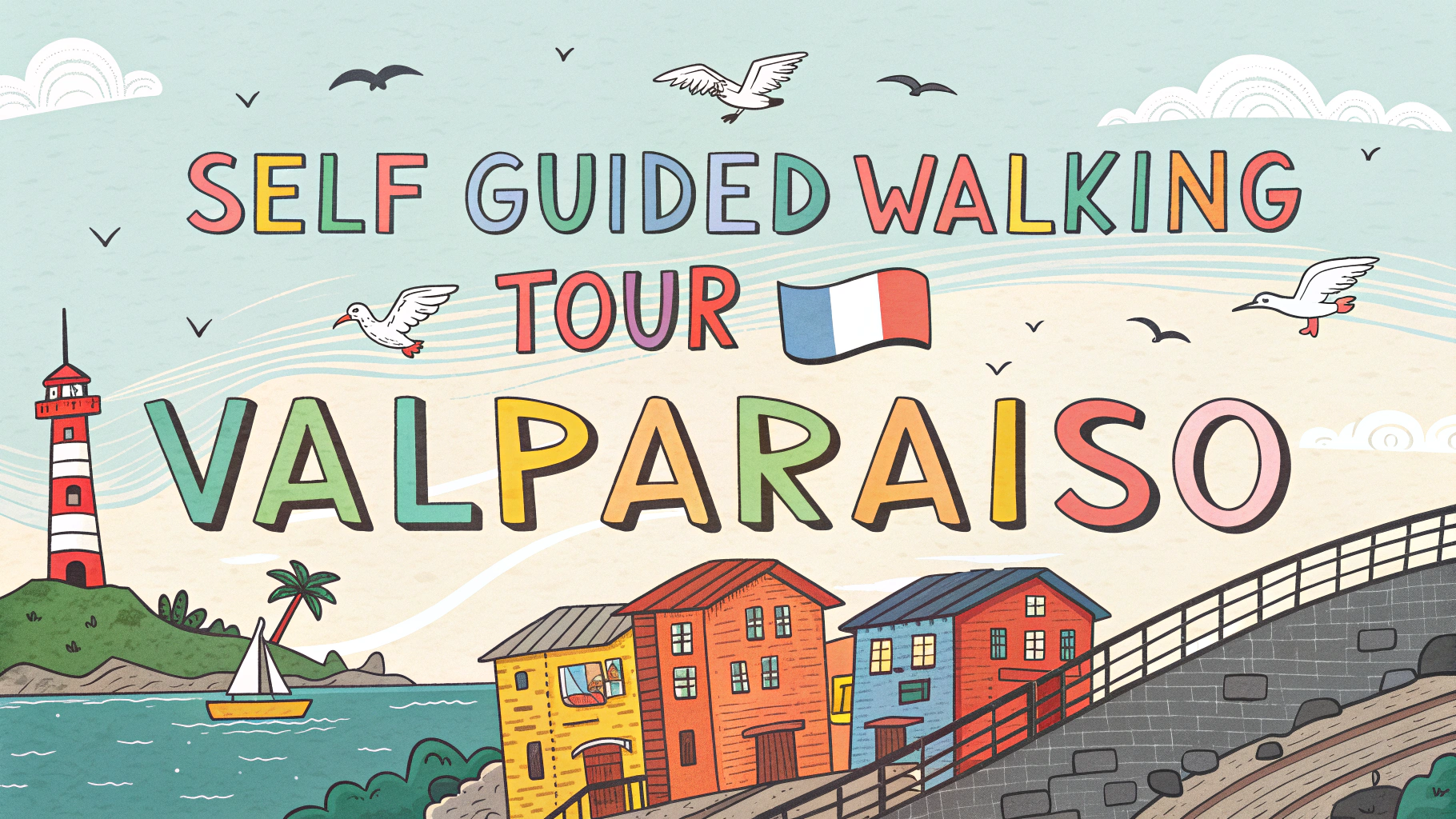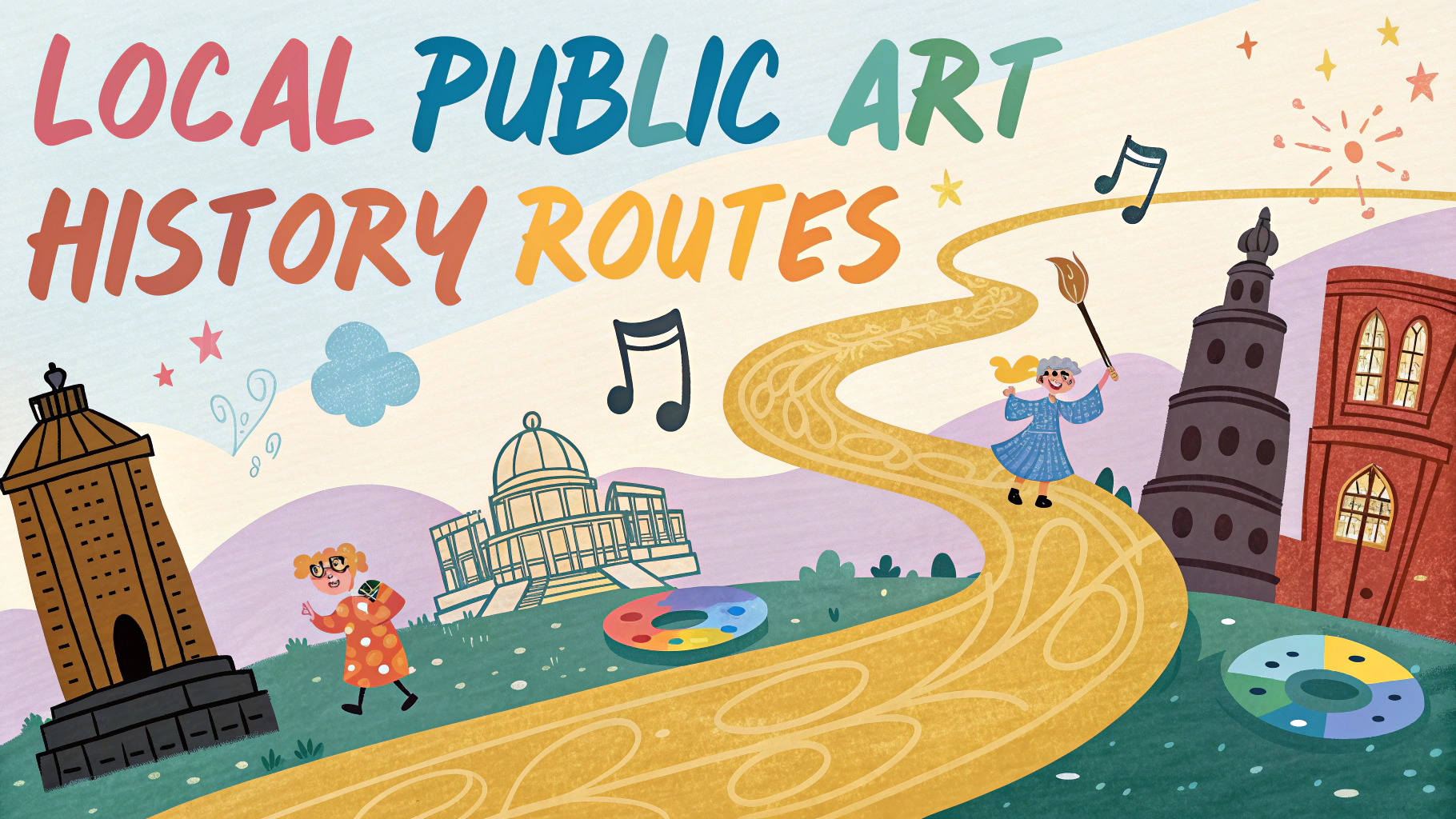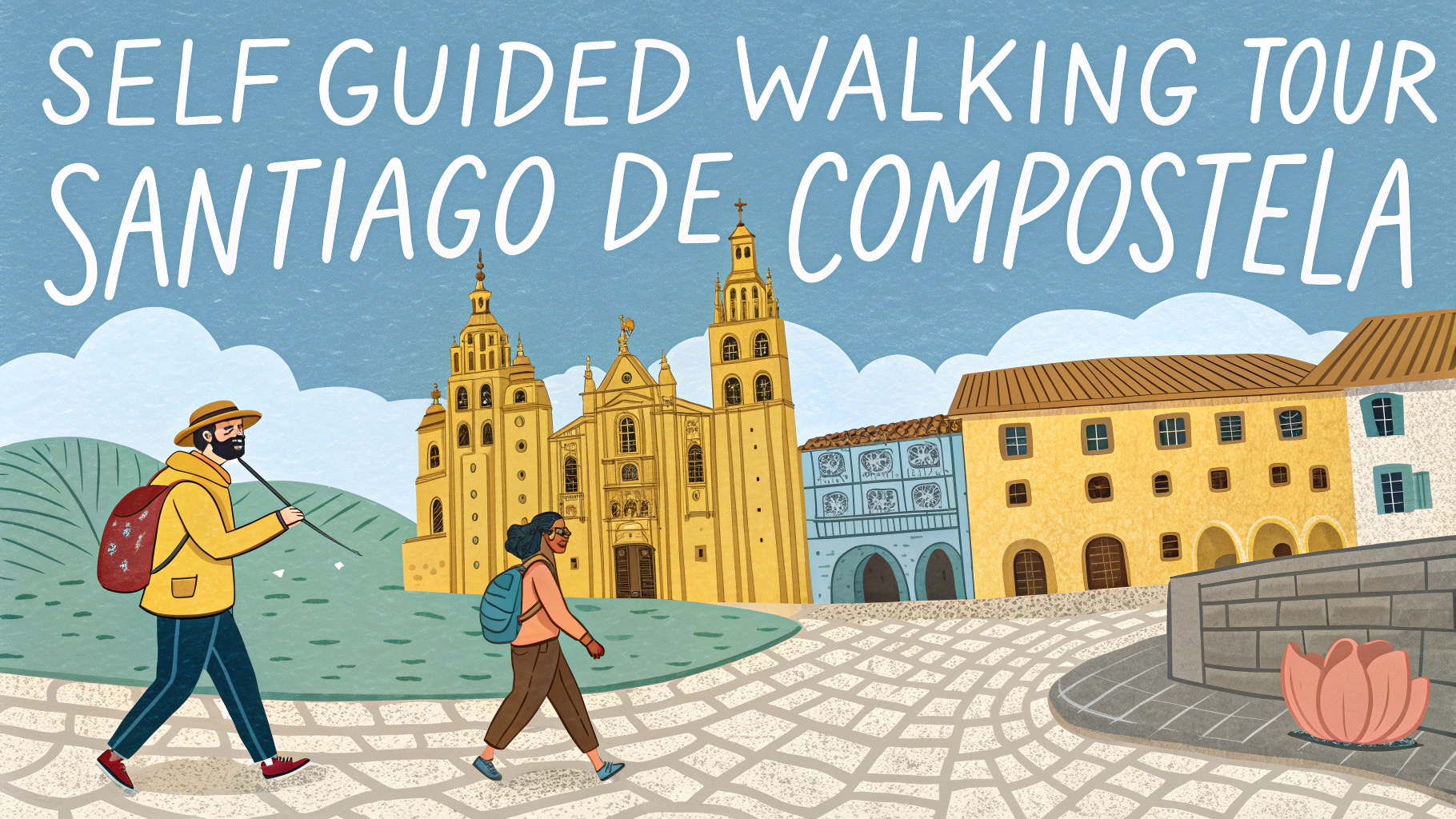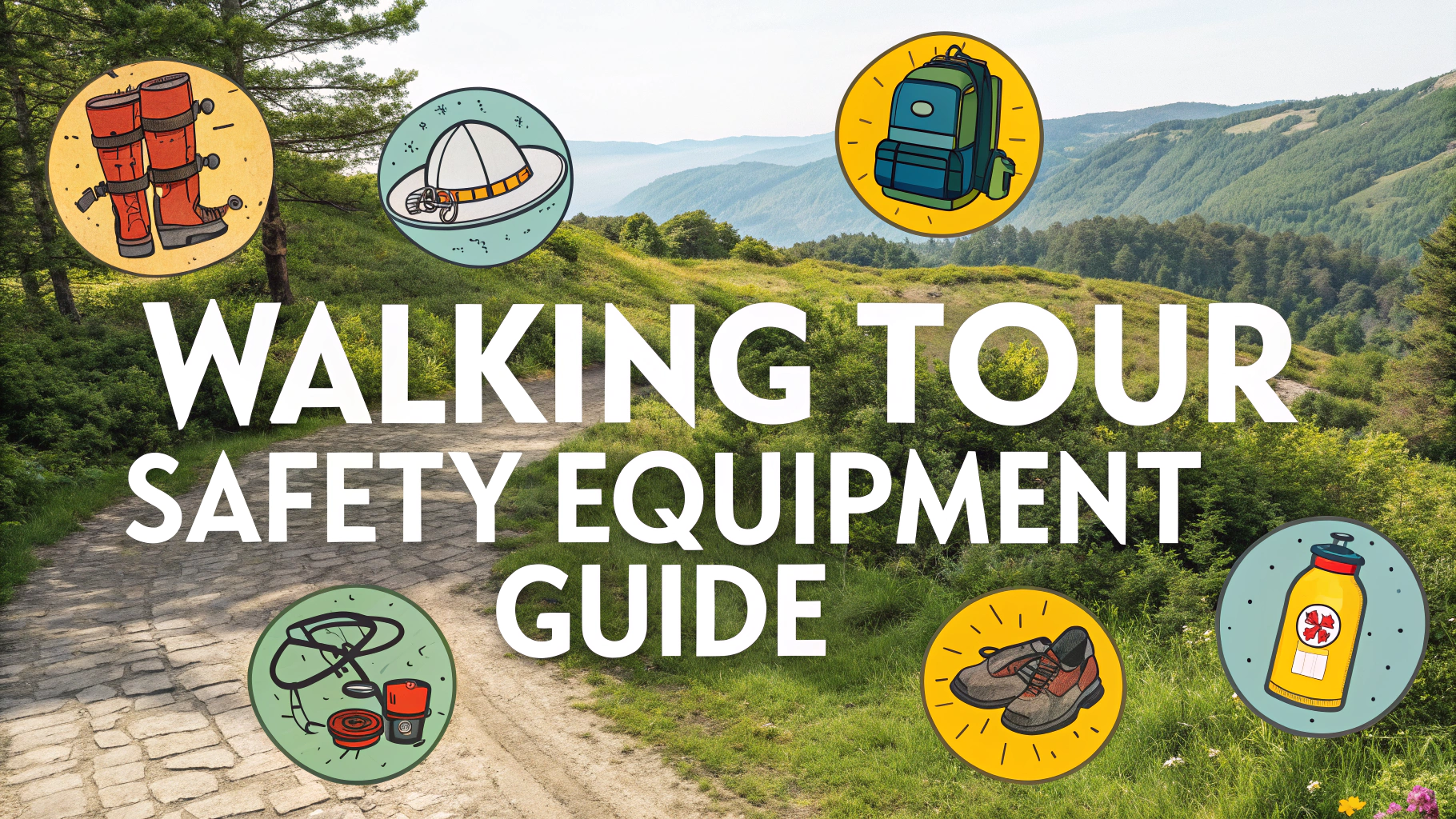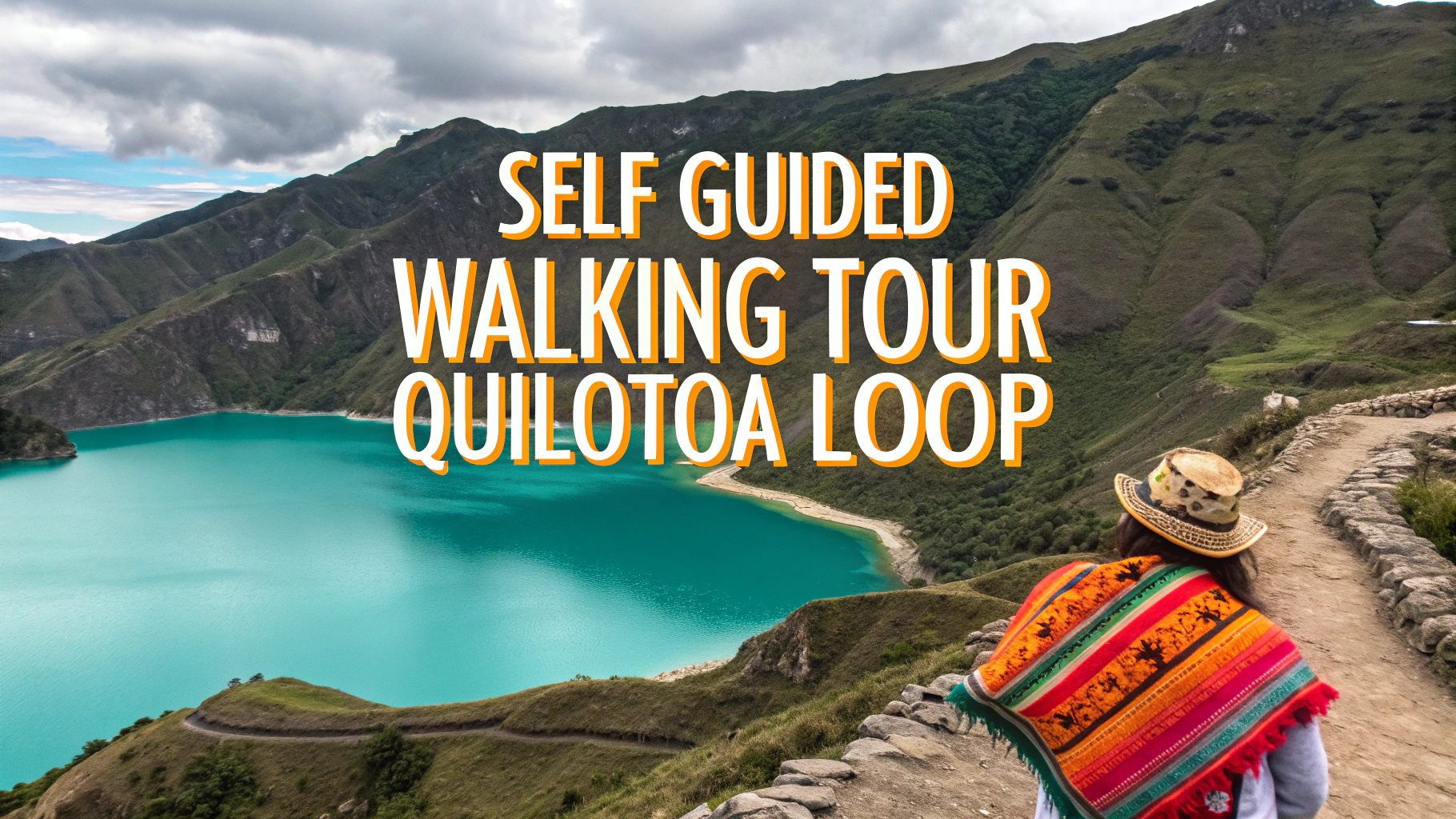A self-guided walking tour through Cuenca, Ecuador lets you explore this UNESCO World Heritage city at your own pace while discovering its colonial architecture, cobblestone streets, and rich cultural heritage.
Essential Walking Route
Start your walk at Parque Calderón, the city’s main square and gathering point surrounded by the iconic New Cathedral and Old Cathedral.
- New Cathedral (Catedral de la Inmaculada Concepción) – Open daily 6:30 AM-1:00 PM, 2:00-7:30 PM
- Old Cathedral (El Sagrario) – Now a religious museum, open Monday-Friday 9:00 AM-5:30 PM
- Plaza San Francisco – Historic marketplace and gathering spot
- Broken Bridge (Puente Roto) – Remnants of a 1950s flood
- Pumapungo Archaeological Park – Ruins of ancient Inca city, open Tuesday-Sunday 8:00 AM-5:30 PM
Key Stops & Tips
Visit the Panama Hat Museum (Museo del Sombrero) to learn about Ecuador’s famous export and watch hat-making demonstrations.
Stop at Plaza de las Flores for vibrant flower displays and local snacks.
Walk along Rio Tomebamba’s riverbank path for scenic views of the traditional “hanging houses”.
Practical Information
- Best walking times: Early morning (8-11 AM) or late afternoon (3-6 PM)
- Duration: 3-4 hours at a leisurely pace
- Wear comfortable shoes for cobblestone streets
- Bring water and sun protection
- Carry small bills for entrance fees and purchases
Safety Tips
- Keep valuables secure and minimize jewelry display
- Stay in well-traveled areas, especially after dark
- Carry a printed map as backup
- Keep emergency numbers handy: Police (911), Tourist Police (+593 7-282-3913)
Food Stops
Try local specialties at these recommended spots along the route:
- Café Austria (Benigno Malo 5-95) – Traditional European café
- Mercado 10 de Agosto – Local market for authentic Ecuadorian food
- Moliendo Café (Calle Larga 9-89) – Colombian cuisine with river views
Photo Opportunities
- Mirador de Turi – Panoramic city viewpoint
- Las Conceptas Museum – Colonial courtyard
- Barranco district – Colonial architecture and street art
Download offline maps before starting your walk to ensure smooth navigation without data usage.
Consider joining a free walking tour first to get oriented before exploring independently.
| Best Months | Temperature | Rainfall |
|---|---|---|
| June-August | 18-22°C (64-72°F) | Minimal |
Additional Highlights
Cultural Museums
- CIDAP Museum – Contemporary Indigenous Art
- Modern Art Museum – Local and international exhibitions
- Aboriginal Cultures Museum – Pre-Columbian artifacts
Shopping Stops
Browse these local markets and shops for authentic souvenirs:
- Casa de la Mujer – Local handicrafts and textiles
- CEMUART – Artisan center with traditional crafts
- Mercado San Francisco – Indigenous market
Evening Activities
Extend your walking tour into the evening with these options:
- Sunset viewing at Parque de la Madre
- Traditional music at La Parola Bar Cultural
- Evening mass at New Cathedral
Conclusion
Cuenca’s walkable historic center offers an immersive experience into Ecuador’s cultural heritage. This self-guided tour covers the city’s main attractions while allowing flexibility to explore hidden gems and local life. Remember to pace yourself, interact with locals, and take time to absorb the unique atmosphere of this UNESCO World Heritage site.
Additional Resources
- Tourist Information Office: Parque Calderón (Monday-Saturday, 9:00 AM-6:00 PM)
- Local Guide Hire: Available at iTur office
- Free City Apps: Download “Cuenca Tourism” for offline access
FAQs
- What’s the best time of year for a self-guided walking tour in Cuenca?
April to early October offers the most pleasant weather for walking tours in Cuenca, with temperatures averaging 20-25°C (68-77°F). Avoid December-February, which can be cold and rainy. - How long does it take to walk through Cuenca’s historic center?
A complete walking tour of Cuenca’s historic center typically takes 3-4 hours at a leisurely pace, covering main attractions like the Cathedral of the Immaculate Conception and Plaza Mayor. - Is it safe to do a self-guided walking tour in Cuenca?
Yes, Cuenca is considered one of Spain’s safest cities. The historic center is well-lit, frequently patrolled, and popular with tourists throughout the day. - What are the must-see landmarks on a walking tour of Cuenca?
Essential stops include the Hanging Houses (Casas Colgadas), San Pablo Bridge, Cathedral of the Immaculate Conception, Plaza Mayor, and the Castle ruins. - Do I need special footwear for walking in Cuenca?
Comfortable, sturdy walking shoes are recommended as Cuenca’s streets are steep and often cobblestoned, particularly in the old town area. - Where can I get a reliable walking map of Cuenca?
Free walking maps are available at the Tourist Information Office in Plaza Mayor, or you can download official maps from the Cuenca Tourism website. - Are there public restrooms available along the walking routes?
Public restrooms can be found in Plaza Mayor, the main museums, and most restaurants and cafes, though some may require a small fee or purchase. - What’s the elevation change during a typical walking tour?
Cuenca’s old town has significant elevation changes, with approximately 150 meters difference between the lowest and highest points of typical walking routes. - Are guided walking tours available if I decide against self-guided?
Yes, official guided tours depart daily from the Tourist Information Office, and private guides can be booked in advance through local tourism agencies. - How accessible is Cuenca’s walking tour for those with mobility issues?
The historic center presents challenges with steep streets and stairs. Some areas are not wheelchair accessible, and alternative routes may be necessary for those with mobility limitations.
